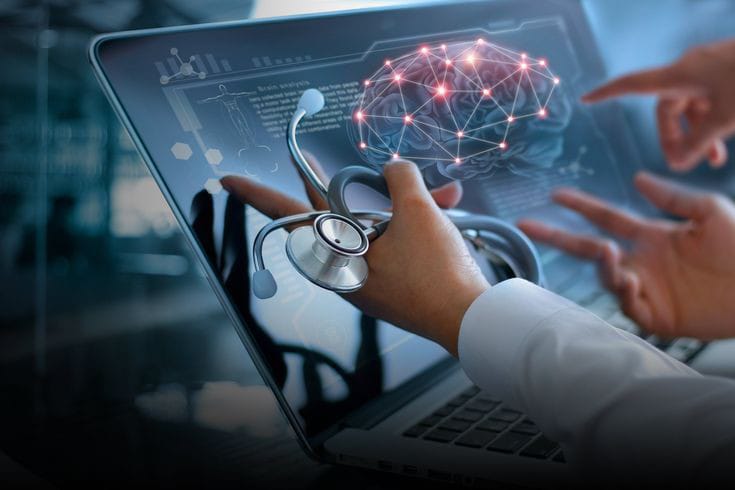Empower Businesses with cutting-Edge Solutions that Drive Growth and Efficiency
Advanced Data Analytics
Involves using sophisticated techniques like machine learning, predictive modeling, and data mining to uncover deeper insights from data. It goes beyond traditional analysis to predict future trends, identify patterns, and recommend actions. Common applications include fraud detection, customer behavior forecasting, and process optimization. By leveraging large datasets and advanced algorithms, it helps businesses make data-driven decisions with greater accuracy and efficiency. AI-powered analytics tools will offer deeper insights into customer behavior, market trends, and operational efficiency, enabling more informed decision-making.


Personalized Customer Experience
Refers to tailoring interactions, products, and services to individual customer preferences, needs, and behaviors. By leveraging data such as purchase history, browsing habits, and demographic information, businesses can offer customized recommendations, targeted offers, and personalized communication. This approach enhances customer satisfaction, loyalty, and engagement by making each customer feel valued and understood. AI will enable businesses to create highly personalized customer experiences, offering tailored products, services, and recommendations based on individual preferences and behavior.
Automation and Robotics
Involve the use of technology to perform tasks with minimal human intervention. Automation refers to systems or processes that operate automatically based on pre-set rules or algorithms, often used in manufacturing, software, and service industries. Robotics involves programmable machines designed to carry out physical tasks, from assembly lines to autonomous vehicles. Together, they improve efficiency, reduce errors, and handle repetitive or hazardous tasks, transforming industries like manufacturing, healthcare, and logistics. AI-powered automation and robotics will streamline business processes, reducing costs and improving efficiency in areas such as manufacturing, logistics, and customer service.

Natural Language Processing (NLP)
It is a branch of artificial intelligence that enables computers to understand, interpret, and generate human language. It combines linguistics and machine learning to process text and speech, allowing applications like virtual assistants, language translation, sentiment analysis, and chatbots. NLP helps bridge the gap between human communication and computer understanding, making interactions with technology more intuitive and efficient. NLP technologies will enable businesses to interact with customers and employees more effectively through chatbots, virtual assistants, and voice-controlled interfaces.


Predictive Maintenance
It is a proactive maintenance strategy that uses data analysis, sensors, and machine learning to predict equipment failures before they occur. By monitoring the condition and performance of machinery in real-time, it identifies patterns that signal potential breakdowns, allowing maintenance to be scheduled just in time. This approach reduces downtime, extends the lifespan of equipment, and lowers maintenance costs by preventing unexpected failures. AI will enable businesses to predict equipment failures and maintenance needs, reducing downtime and optimizing maintenance schedules.
Healthcare Services
Encompass a broad range of medical and wellness services aimed at diagnosing, treating, and preventing illness or injury. These include primary care, specialized treatments, emergency services, surgery, mental health support, and rehabilitation. Healthcare services are delivered by professionals such as doctors, nurses, and therapists in settings like hospitals, clinics, and telehealth platforms, all focused on improving patient health outcomes and quality of life. AI will revolutionize healthcare services, enabling more accurate diagnoses, personalized treatment plans, and improved patient outcomes.

Cybersecurity
Refers to the practice of protecting systems, networks, and data from digital attacks, unauthorized access, and damage. It involves a range of technologies, processes, and practices designed to safeguard sensitive information, ensure data integrity, and maintain the availability of digital resources. Cybersecurity measures include encryption, firewalls, intrusion detection systems, and user authentication. With the rise of cyber threats such as hacking, malware, and phishing, cybersecurity is crucial for protecting individuals and organizations from data breaches and financial loss.


